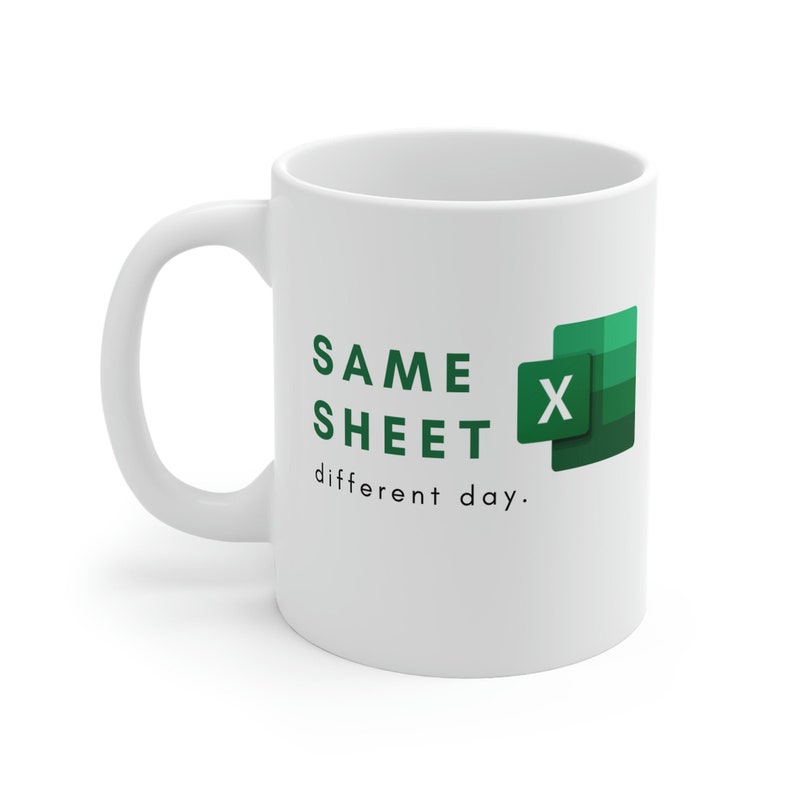5 Ways to Compare Two Excel Sheets Easily

Comparing two Excel sheets can often be a daunting task, especially when working with large datasets. However, with the right techniques and tools, this process can be streamlined significantly. Whether you're reconciling financial statements, checking data entries, or analyzing differences in reports, knowing how to compare Excel sheets efficiently can save time and reduce errors. Here are five practical ways to compare two Excel sheets effortlessly.
1. Use Excel’s Built-In Compare Feature


Microsoft Excel has a built-in feature that allows for a straightforward comparison of two workbooks or sheets:
- Open both workbooks you wish to compare.
- Go to the “Review” tab in the ribbon.
- Click on “Compare Sheets”.
- Select the sheets you want to compare from the dropdown list.
- Click “Compare” to initiate the process.
This tool will highlight the differences cell by cell, making it easy to spot changes or discrepancies quickly.
💡 Note: This feature might not be available in older versions of Excel. Ensure you have the latest update or consider using alternative methods.
2. Conditional Formatting

Another effective method for spotting differences is through the use of conditional formatting:
- Select the range of cells you want to compare in the first sheet.
- Go to “Home” > “Conditional Formatting” > “New Rule”.
- Choose “Use a formula to determine which cells to format”.
- Enter a formula like
=A1<>[Worksheet2]!A1(adjust the references to match your sheets and cells). - Set the format to highlight differences (like using a red fill color).
- Repeat for the second sheet, reversing the reference to compare.
This method will visually indicate where the data differs between the sheets.
3. Using VLOOKUP for Data Comparison

For comparing columns across sheets, VLOOKUP can be quite handy:
- In the first sheet, next to your data, enter the formula:
=IF(ISERROR(VLOOKUP(A1, [Sheet2]!A:B, 2, FALSE)),“No Match”,“Match”). - This formula will check for an exact match in the second sheet. If there’s no match, it will say “No Match”.
- Adjust the cell references and the lookup range as necessary.
This technique is particularly useful for spotting missing or mismatched data entries.
4. External Tools or Add-ins

Microsoft provides an Excel Compare add-in:
- Download and install the Excel Compare tool from Microsoft.
- Open both Excel files.
- Navigate to the Excel Compare tool and select your workbooks.
- The tool will generate a new workbook that outlines the differences and provides side-by-side comparisons.
This tool is particularly effective for more complex comparisons and can highlight differences in formulas, formatting, and values.
💻 Note: Third-party add-ins can offer more features like highlighting formatting differences, but they might require a subscription or a one-time purchase.
5. Manual Comparison Using Spreadsheet Formulas

| Step | Description |
|---|---|
| Step 1 | Use basic subtraction to compare numeric values: =[Sheet1]!A1 - [Sheet2]!A1 |
| Step 2 | Highlight non-matching values with conditional formatting: |
=IF([Sheet1]!A1<>[Sheet2]!A1, TRUE, FALSE) to identify differences. |

This approach allows for customized comparisons and can be expanded to suit specific needs or data types.
In summary, comparing two Excel sheets can be done in several ways, each with its own advantages:
- Excel’s built-in compare tool for an overview of changes.
- Conditional formatting to visually highlight differences.
- VLOOKUP for matching specific data points.
- External tools for comprehensive comparisons.
- Manual formulas for tailored comparisons.
By choosing the right method based on the complexity and nature of your data, you can effectively reconcile, verify, and analyze differences between Excel sheets. This efficiency not only saves time but also enhances accuracy in data management and analysis tasks.
Can I compare more than two Excel sheets at once?

+
Yes, while the built-in tools are designed for comparing two sheets, you can manually set up comparisons for multiple sheets using VLOOKUP or conditional formatting across several sheets.
What if the sheets have different structures or formats?

+
When structures or formats differ, manual comparison using formulas or external tools that can accommodate varied data structures might be more effective. Ensure alignment of data or consider using pivot tables or Power Query for data transformation before comparison.
Is there an automated tool to highlight only specific types of changes?

+
Yes, using third-party add-ins or Excel macros can provide more refined control over what types of changes you wish to highlight, such as value changes, formatting differences, or even comments.
Can I revert back to an earlier version of an Excel sheet?

+
If you have version history enabled (available in OneDrive or SharePoint), you can access and revert to any previous version of your Excel file. However, manually tracking changes might be necessary if version history is not enabled.



